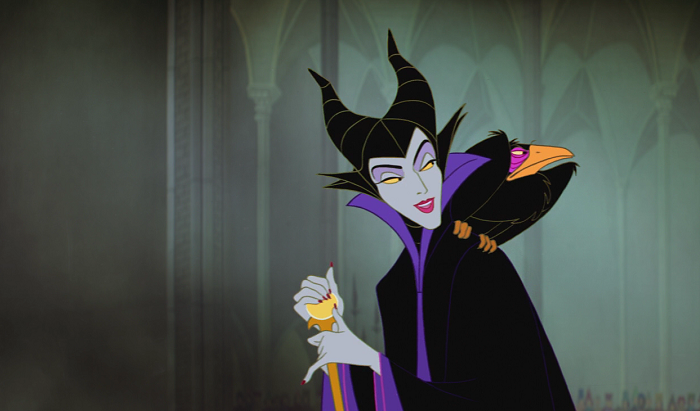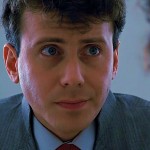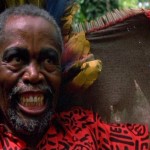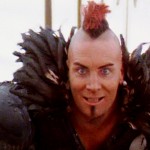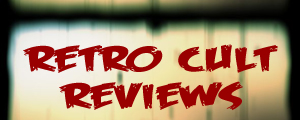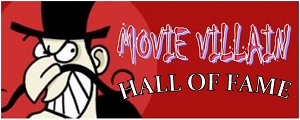I love Disney's Sleeping Beauty. When I was a little girl, my father read me the accompanying book so often that I had it memorized at age three. From the story I've heard, he was only slightly disappointed when he realized his "child prodigy" wasn't actually reading. I remember being fascinated by the film's villain, the witch Maleficent. Dad would even shape my short hair into her iconic horns during bath time (there may or may not be photographic evidence).
Maleficent was terrifying, but like the princess in the story, I couldn't stay away. I was drawn to her aloofness, her power, her determination over the years in the film. She was like no other villain I had encountered as a child; unlike other villains in children's stories who were diminished by their absurdity, Maleficent was taken seriously, and I still find that refreshing. So when I heard that Disney was making a live action prequel with Angelina Jolie cast as Maleficent, set to hit theaters in May, I couldn't have been more excited.
Maleficent is undoubtedly the most evil of all the Disney villains, for she alone is motivated only by villainy. Think about it: The Queen in Snow White only cared about offing Snow because she wanted to be the most beautiful; the villains in Pinocchio were motivated by greed; Cinderella's stepmother wanted her daughters to marry the Prince instead of Cinderella; Cruella wanted the Dalmatians' fur; Ursula ultimately wanted Triton's power; Jafar wanted to be sultan; Scar wanted to be king.
See the difference? Maleficent seemed to enjoy spite for its own sake.
We are first introduced to the self-proclaimed "Mistress of All Evil" at the party celebrating Princess Aurora's birth. Maleficent makes a dramatic entrance — all wind and fire and ominous music (thanks to the incomparable Pyotr Tchaikovsky). Her black robes and long horns make her not only one of the most fearsome villains, but one of the most elegant.
Maleficent first shows up to question why she wasn't invited to the party in the first place, but it's likely a ploy; Maleficent is no dummy. She probably already assumes it wasn't by some oversight that she was snubbed. When one of the more woefully outspoken good fairies says as much, Maleficent plays at turning to leave. Aurora's mother, the Queen, stops her.
"And, you're not offended, your Excellency?"
"Why no, your Majesty," Maleficent replies coyly. "And to show I bear no ill will, I too shall bestow a gift on the child."
The "gift" is actually a curse: Maleficent foretells that before the princess turns 16, she will prick her finger on the spindle of a spinning wheel and die.
Would Maleficent have still cursed Aurora if the queen hadn't stopped her from leaving? Probably. But the sarcastic, icy way she delivers the curse makes her all the more chilling.
Throughout the film, Maleficent is full of this kind of terrible cruelty that makes her memorable. She's full of zingers wonderfully delivered by one of Disney's most well-known voice actresses, Eleanor Audley, who also voiced Cinderella's stepmother nine years earlier in 1950.
In one of Maleficent's best scenes, she tortures Aurora's captured love with a vision: she'll release him so he can kiss the princess and break the spell, but only after she's kept him in her dungeon for 100 years.
Her malice is unsurpassed.
Of course, Maleficent isn't all talk. At the film's end, she transforms into an enormous, deadly, (and gorgeously animated) dragon. She is a villain to be reckoned with.
Sleeping Beauty was released in 1959. For more than 50 years, fans have been wondering what made Maleficent into this terrible creature who delighted in inflicting so much pain. Now, we're getting a film that will hopefully tell a story worthy of such a great villain.

